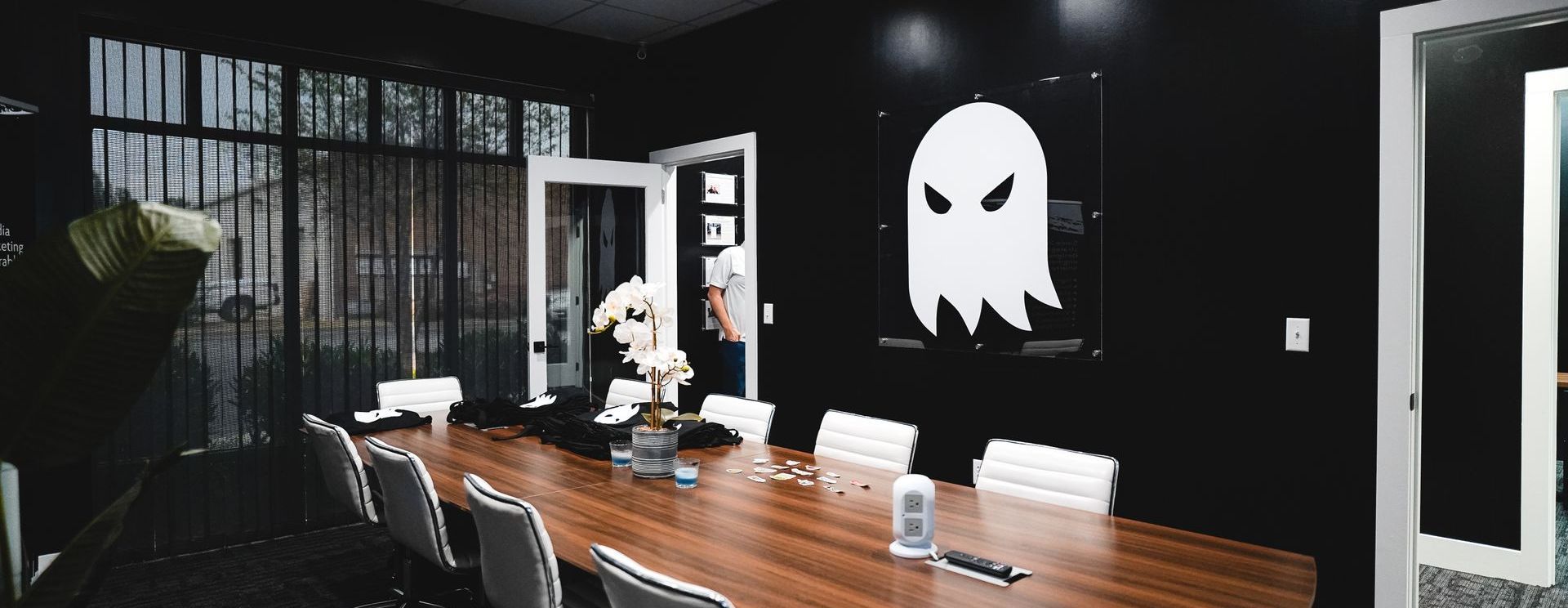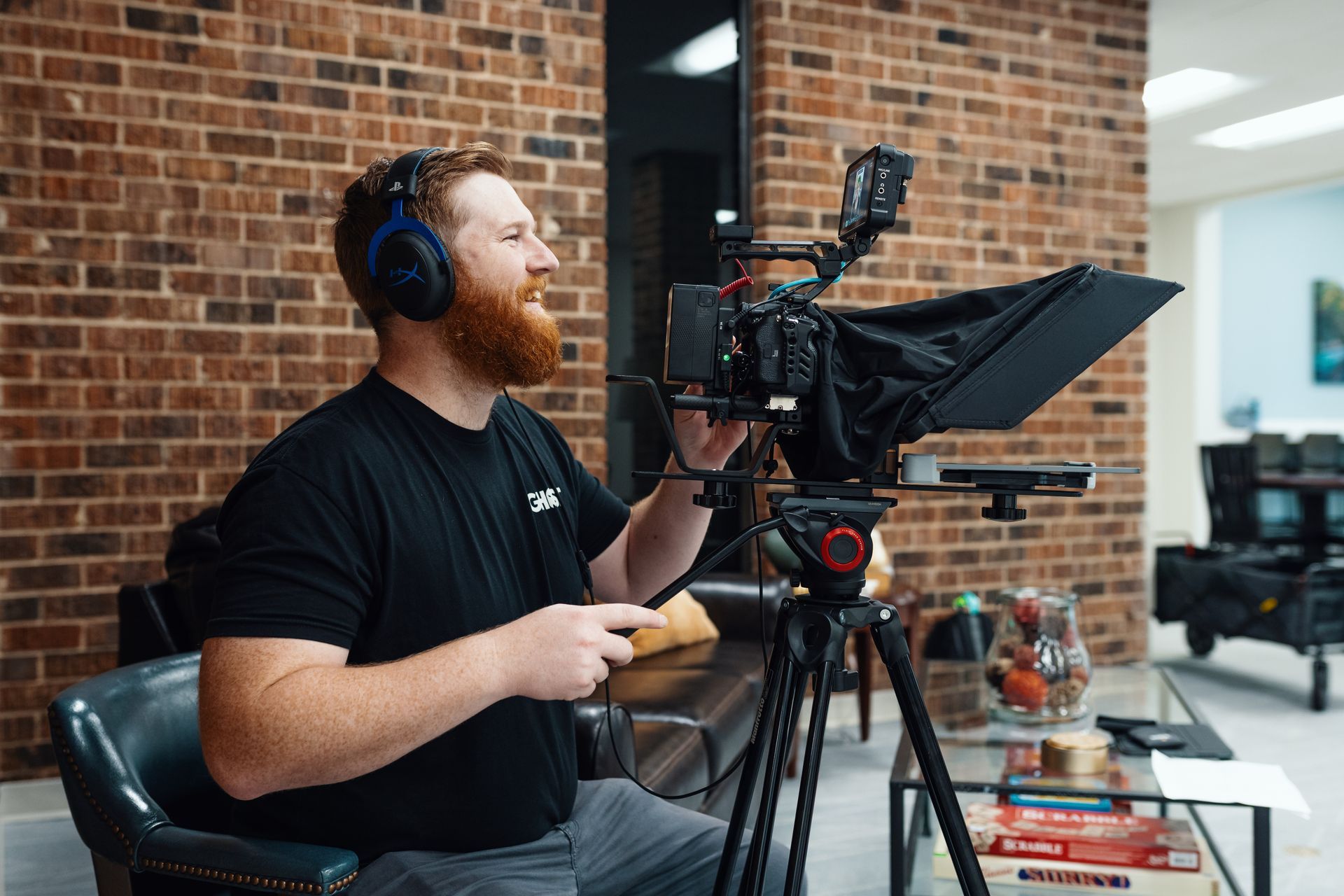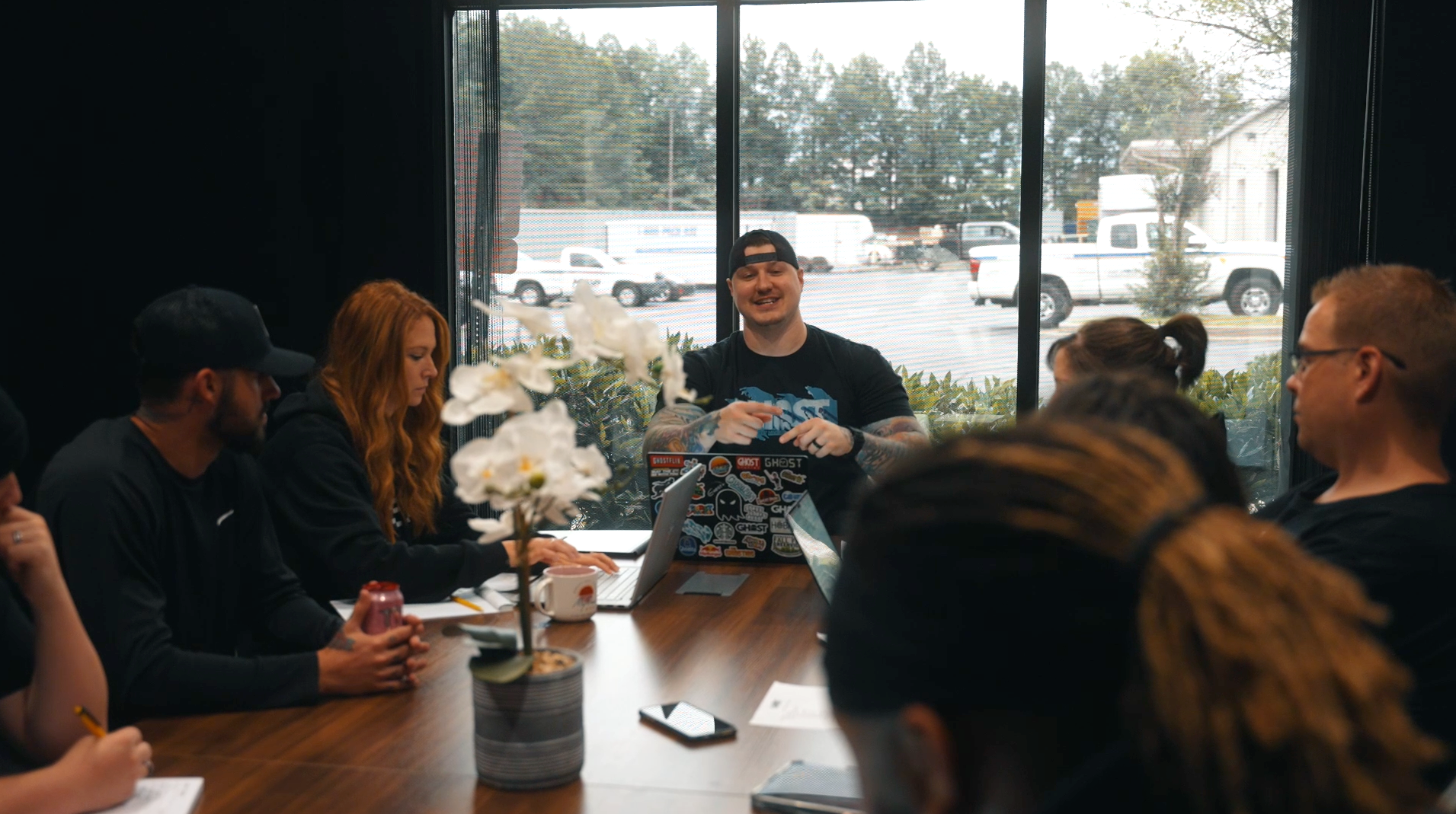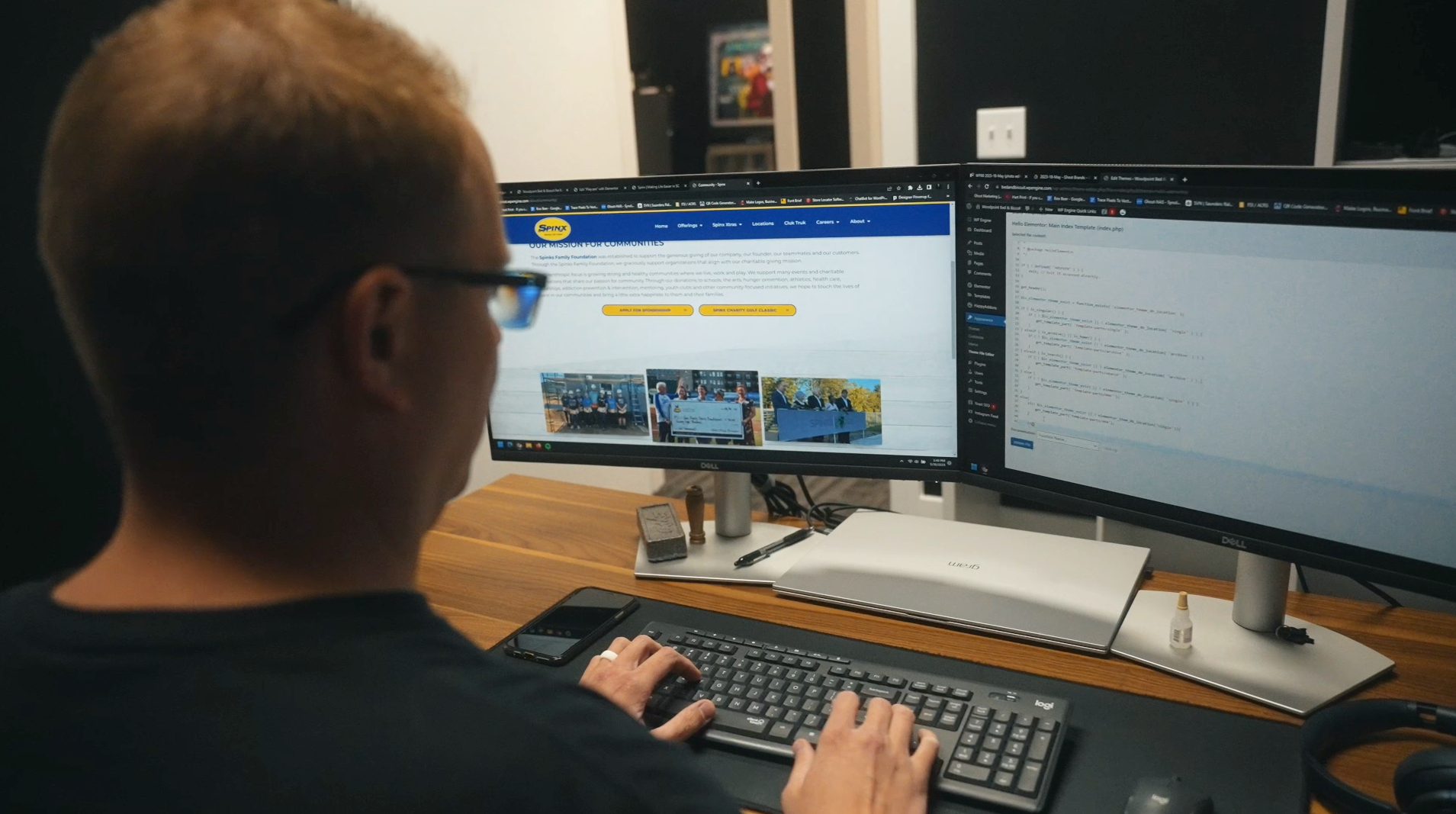Getting Started With SEO Series: Introduction
An Introduction to SEO

What Is SEO?
First, let’s start with the basics. SEO, or search engine optimization, is the process of making your website searchable by users and search engines. It’s your best bet to make yourself easily found. The higher your ranking on a search engine, the more organic traffic you’ll get. What is organic traffic, you ask? It is any traffic that comes from a search engine rather than paid ads or direct links. Organic traffic is good. You want organic traffic.
Why, exactly, should you get started with SEO? If you’re just beginning to build your website, you can set yourself (and your site) up for success. If your existing website isn’t doing well, you may want to look at your SEO strategy and start from the beginning.
It’s common knowledge that most people searching for something don’t scroll past the first page or so — or even the first few links. This is why SEO matters. The stronger your SEO game is, the better your rankings will be. The better your rankings are, the more traffic you will get to your site. And traffic equals more views, more clicks, and more sales. Another great benefit of getting organic traffic? It’s totally free, unlike paid ads that can come with a hefty price tag.
To summarize Google’s view on how it ranks pages, we use the acronym EAT: expertise, authority, and trust. This is, in years past, what Google used to rank websites. The most recent Google update has made modifications to how it views information on a webpage, but we’ll touch on that later.
Types of SEO
There are four main types of SEO that you can utilize to boost your rankings:
- On-page SEO
- Off-page SEO
- Technical SEO
- Local SEO
On-Page SEO
This type of SEO involves the content that makes up your page, such as URLs, keywords, headers, title tags, images, and all the content that makes up your page that you can directly change. Content that aims to improve SEO should have one main aspect: It should be user-friendly. If you’re struggling to make your pages useful and informative, try to picture your content from the perspective of someone browsing the internet for information. What would help you?
Off-Page SEO
What more can I do than what’s visible on my website? The answer: a lot. Off-page SEO can include link building, social media marketing, participating in guest blogs, replying to customer reviews (such as those on Google My Business), and influencer marketing. Doing these things builds your reputation and authority as a website and brand.
Technical SEO
Dorothy may have been told to pay no attention to the man behind the curtain, but as a web admin, you want to know what’s happening behind the scenes. Technical SEO is just that — it’s the stuff regular users can’t see. It can include website architecture, sitemaps, HTML, CSS, and/or JavaScript, load times, schema, and overall crawlability. A good idea is to run an SEO audit regularly, and you can use audit tools found online.
Local SEO
If you’re a local business only found in a particular region, you want to focus on local SEO practices. This can include targeting city keywords in your copy and content, such as the name, address, and phone number. You can also sign up for a GMB account.
Google's August 2022 "Helpful Content" Update & the Introduction of MUM
Google is constantly rolling out updates from year to year. A recent update from August 2022 was called “Helpful Content” and focuses on creating a better user experience (UX). In 2021, Google also introduced us to MUM: Multitask Unified Model. Essentially, MUM is completely unhinging the way search engines think. Instead of your basic crawling, indexing, and ranking (in that order), search engines will now do all three simultaneously. It understands language and even generates it. It’s trained across 75 different languages! This update doesn’t necessarily affect how we implement SEO strategies, but it aims to be more informative to users by answering queries with more complex answers based on more information.
As previously mentioned, Google also announced in 2022 that it would be adding to the acronym EAT, which stands for expertise, authority, and trust; the addition to EAT is another E: experience. For web admins, you need to show that the authors of your content have experience in the field they are writing about. If you are a restaurant owner, you don’t want to start posting about interior remodeling. Short bios about the author of your article can help show Google their experience and expertise.
To quote directly from Google:
“The helpful content update aims to better reward content where visitors feel they've had a satisfying experience, while content that doesn't meet a visitor's expectations won't perform as well.
How can you ensure you're creating content that will be successful with our new update? By following our long-standing advice and guidelines to create content for people, not for search engines. People-first content creators focus first on creating satisfying content while also utilizing SEO best practices to bring searchers additional value. Answering yes to the questions below means you're probably on the right track with a people-first approach:
- Do you have an existing or intended audience for your business or site that would find the content useful if they came directly to you?
- Does your content clearly demonstrate first-hand expertise and a depth of knowledge (for example, expertise that comes from having actually used a product or service, or visiting a place)?
- Does your site have a primary purpose or focus?
- After reading your content, will someone leave feeling they've learned enough about a topic to help achieve their goal?
- Will someone reading your content leave feeling like they've had a satisfying experience?
Are you keeping in mind our guidance for core updates and for product reviews?
So, What Can You Do?
Fortunately for you, there are steps you can take to help improve your SEO strategy. Here are the main aspects of SEO that you want to focus on (in order of importance for good SEO):
- Crawl accessibility for search engines
- Unique content that relates to a query
- Keyword targeting for content
- Positive user experience (UX)
- Keyword-focused metadata
- Schema markup
In our next post, we'll discuss the first step in good SEO: crawl accessibility (or crawlability).
Ghost Brands is Here to Help
As always, if you need help implementing best SEO practices into your website (or even if you need help building a website), call Ghost Brands! We’re more than just a marketing agency—we can help your business grow with branding, production services, lead generation, social media, and more.





















